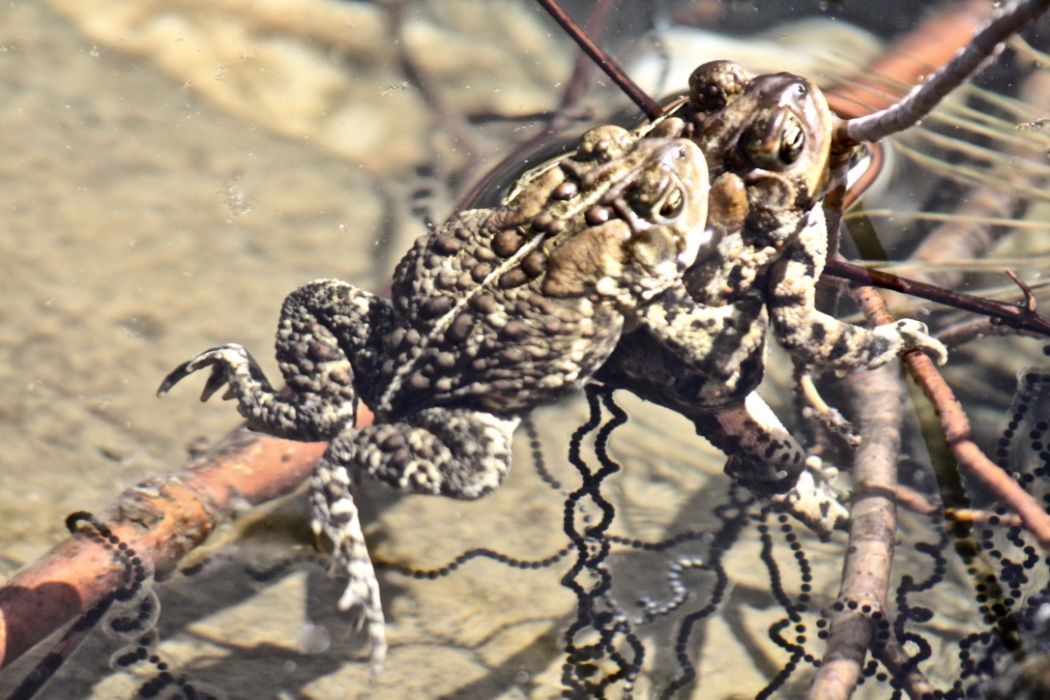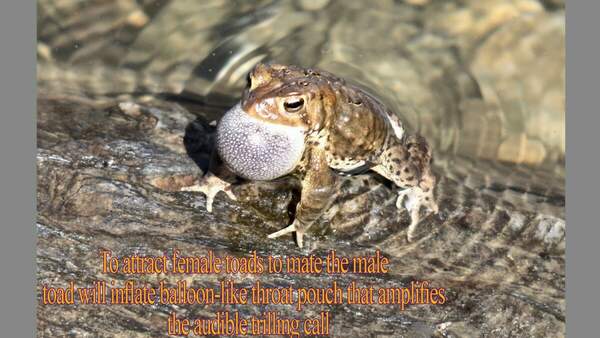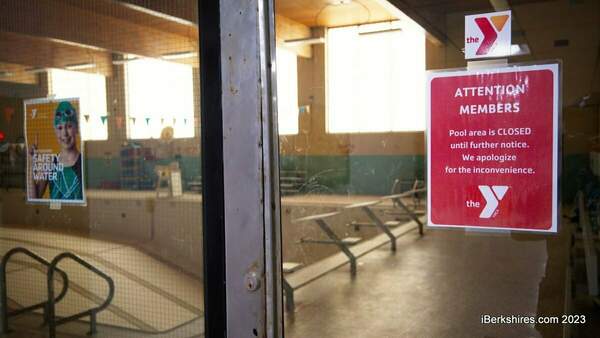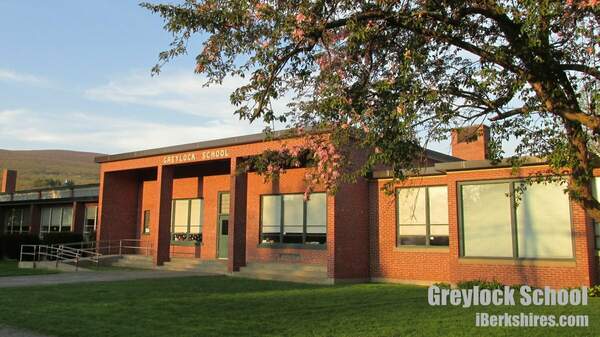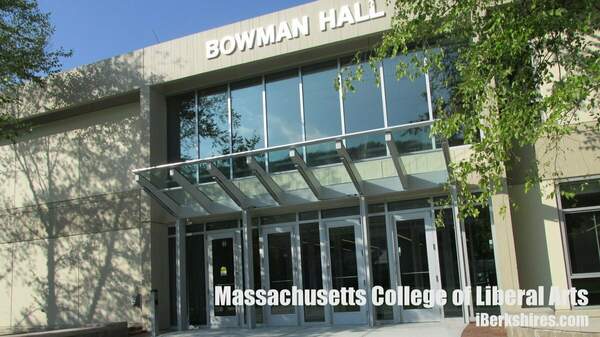Adams Approves Nov. 15 Town Meeting Warrant
ADAMS, Mass. — The Board of Selectmen has approved the Nov. 15 special town meeting warrant, which primarily serves to appropriate an additional $2.37 million in funding for improvements to the wastewater treatment plant.
The board met briefly on Wednesday to approve the warrant, with the Finance Committee voting to recommend it in a meeting shortly after. Article 1 would appropriate the funding for the plant, as the town's bond counsel requires an additional two-thirds approval from town meeting.
Construction is already ongoing, as the project went out to bid earlier in the year.
"They're about 10 percent through. The project should be done by December of 2023. So they're working," said Town Administrator Jay Green to the Finance Committee. "... We had everything we needed, administratively, except the formal town meeting vote."
Town meeting gave the OK to just more than $5 million for the plant in 2021. The plant was built in 1968 and had only a partial upgrade in 2006.
The total cost of the project is an estimated $7.42 million.
Article 2, if approved, would transfer $15,000 from Cemetery, Parks and Grounds' Master Plan account to its capital account. The funds, appropriated in 2016, were leftover for a project that is now complete.
Article 3 would release free cash from two projects that had leftover funds. The first, for a water meter replacement, totals $9,583.04 and the second, for equipment in the assessor's office, totals $8,696.74.
Article 4 would authorize the Board of Selectmen to accept an easement to install drainage lines from Lower Linden Street to Commercial Street. The area has been prone to flooding with the currently in-place drainage system, and the easement will come at no cost to the town.
The new drainage system has already been designed and engineered by Hill Engineers.
In other business, Selectman Joseph Nowak reminded residents of the weekend's Halloween festivities, asking them to use caution.
"There's going to be kids on the streets. So if you're driving, please be careful," he said.
Tags: special town meeting, wastewater,

.jpeg)
